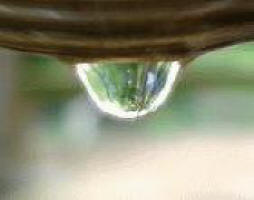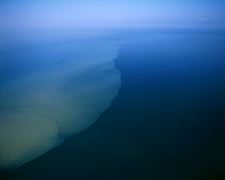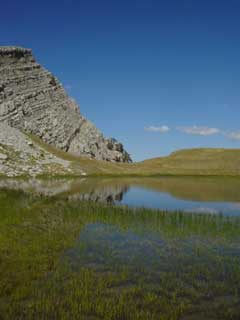 EU WFD: Criteria to identify river sites minimally affected by human stressors
EU WFD: Criteria to identify river sites minimally affected by human stressors
To restore a river site to good ecological status involves comparing it to similar sites that have been far less affected by human activity. A recent study has established a set of guidelines that define an acceptable level of human pressure that can be used to identify these minimally disturbed sites and ensure consistent ecological assessment among EU Member States.
The European Water Framework Directive1 requires Member States to assess the ecological quality of European surface waters and achieve ‘good status’ by 2015. Ecological status is established by comparing the present conditions in water bodies with reference conditions, which can be based on a network of minimally disturbed sites for each stream or river type.
Reference conditions have a ‘natural’ structure and functioning and biological communities that live in an undisturbed state, minimally affected by human stressors and alterations. These can serve as targets for restoration and remediation measures for river sites that are not in good status. In Europe, undisturbed representative types of aquatic ecosystems are rare.
In deciding on the criteria that are used to judge whether a river site is suitable as a reference site, there is inconsistency between Member States on the acceptable level of human pressure and how human pressures should be evaluated and quantified. This is partly a consequence of the wide range of aquatic ecosystems found throughout Europe and an unclear understanding of how to interpret ‘undisturbed conditions’.
This study reports on an ‘intercalibration’ exercise by Central, Baltic and western European countries to harmonise the assessment of reference conditions used to define the good ecological status of rivers. A list of threshold criteria for human pressures, such as point source pollution, water removal and regulating river flows that negatively affect rivers at basin, reach and site levels, was developed to serve as a guideline for the identification of reference conditions in rivers and to establish river reference sites.
Based on a questionnaire sent to participating countries, the list of human pressures used by Member States were classified according to how the reference sites were assessed, including measured, field inspection, expert judgement and alternative criteria. The most common method was measurement of pressures, which allows sites to be assessed objectively and a consistent comparison among countries.
In addition, participating countries agreed to the threshold and rejection criteria for the impact of land use and the chemical quality of water (e.g. disturbed by nutrient enrichment) on living organisms in different river types. River sites that had all of the land use criteria below the ecological reference threshold were selected as reference sites. Sites were selected as possible reference sites if the majority of the land use pressure criteria were below the reference threshold, and only a few of the criteria fell between the reference threshold and a rejection threshold.
Further screening of the sites using local expert judgement and water chemistry checks to assess the cumulative impacts of the pressures were undertaken before making a final selection of reference sites. It is proposed that Member States use this initial attempt to define pressure criteria to ensure that major human stressors on sites that are screened as possible reference sites are evaluated consistently.
| Contact information |
Email: ipardo@uvigo.es |
|---|---|
| News type | Inbrief |
| File link |
http://ec.europa.eu/environment/water/water-framework/index_en.html |
| Source of information | Pardo, I., Gómez-Rodríguez, C., Wasson, J-G. et al. (2012) The European reference condition concept: A scientific and technical approach to identify minimally-impacted river ecosystems. Science of the Total Environment. 420: 33–42. DOI: 10.1016/j.scitotenv.2012.01.026. |
| Keyword(s) | EU-WFD |
| Subject(s) | ANALYSIS AND TESTS , HYDRAULICS - HYDROLOGY , MEASUREMENTS AND INSTRUMENTATION , NATURAL MEDIUM , PREVENTION AND NUISANCES POLLUTION |
| Geographical coverage | n/a |
| News date | 08/06/2012 |
| Working language(s) | ENGLISH |
 you are not logged in
you are not logged in





